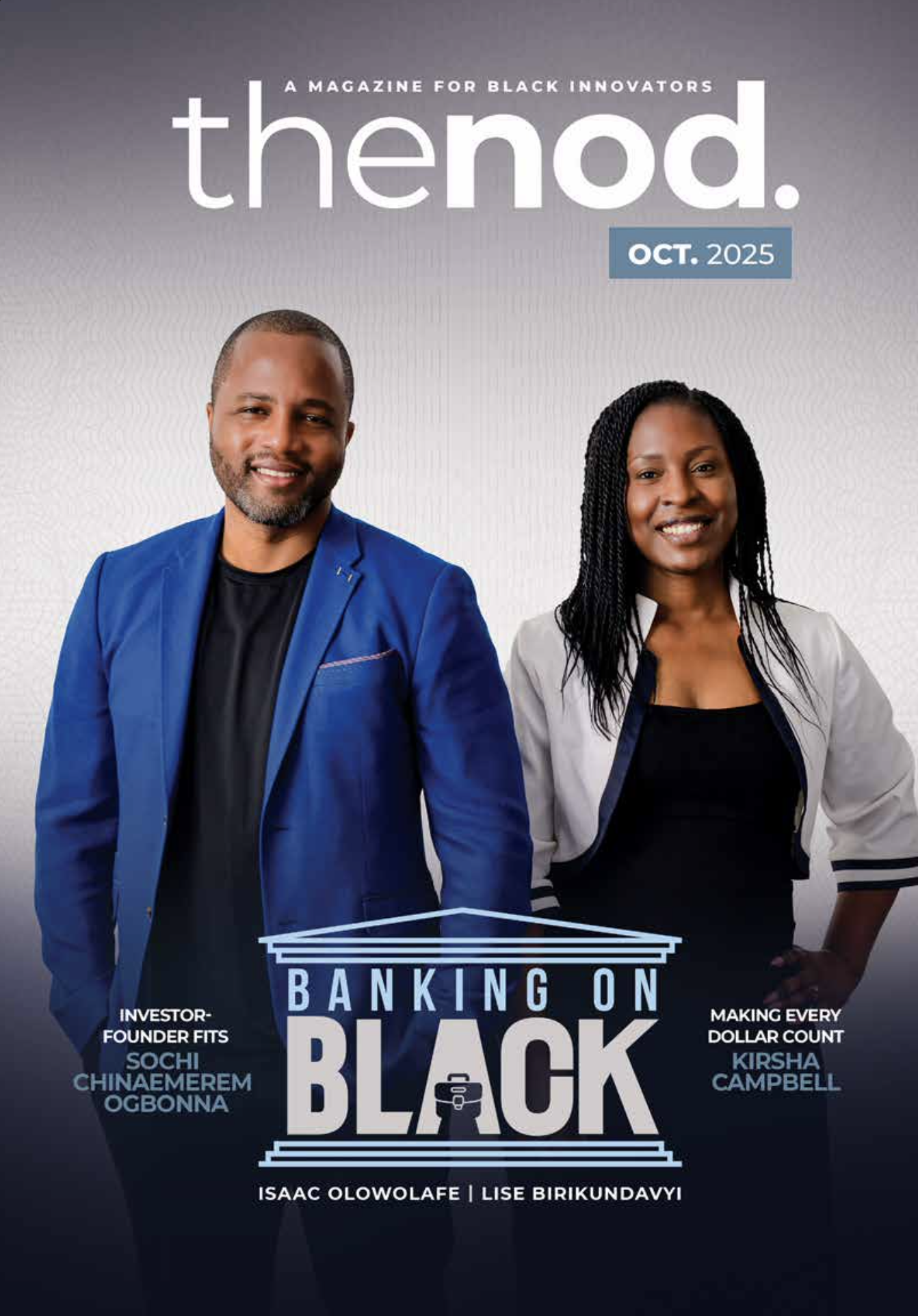Digital transformation often focuses on the tools. But the true differentiator lies in how organizations support their people through the process. As organizations rush to adopt powerful platforms like Salesforce, Oracle, and SAP, one thing becomes clear: even the most advanced tools will underdeliver if teams aren’t equipped to evolve with them. The real challenge of innovation lies not in implementation, but in integration; into behaviours, roles, and ways of thinking.
Across oil and energy, public service, and beyond, a new generation of Black leaders is redefining what it means to lead change. They’re introducing technology and building ecosystems of adaptability, trust, and continuous learning. Most of all, they’re doing it with purpose.
From Command to Culture
Sustainable transformation demands more than top-down direction. The old command-and-control model is giving way to leaders who act as architects of culture. They set conditions for curiosity, welcome ambiguity, and encourage local problem-solving instead of waiting for a central directive.
When teams expect change rather than merely endure it, they build resilience. In the digital age, resilience has become an operational necessity. By normalizing adaptation as part of daily work, leaders ensure their teams stay ready for whatever comes next.
The Human Side of Tech Rollouts
Many technology rollouts fail not because the tools are flawed, but because the human impact is overlooked. A new system can disrupt team identity, shift roles, and challenge long-held ways of working. If leaders do not acknowledge the emotional and professional toll of those shifts, they risk invisible resistance.
Changing saturation compounds the problem. When multiple initiatives compete for attention without clear prioritization, adoption rates plummet. Even the most sophisticated platforms can lose momentum when they meet an overwhelmed or uncertain workforce.
Urgency Meets Empathy
The challenge for leaders is to move quickly without burning out their people. Urgency must come from purpose, not panic. When teams understand why change matters and how it connects to broader goals, they are more likely to engage. But explanation alone is not enough.
Leaders must also listen intentionally and often. Structured feedback loops, listening sessions, and regular check-ins create space for teams to process changes, voice concerns, and feel heard. Change driven with empathy does not move more slowly; it moves with greater precision and trust.
Effective Change Management
Effective change management engages every layer of an organization. At the top, executive sponsors should be active participants, not symbolic figureheads. Within teams, embedded change champions help peers adopt new systems with authenticity and relevance.
Early micro-wins play a critical role in building momentum. Tangible results signal progress, reinforce trust, and show that change is worth the effort. Communication must also be tailored. Not everyone starts from the same point, and leaders who adapt their message to meet people where they are see better adoption.
One Size Does Not Fit All
Digital fluency exists on a spectrum. Some employees thrive in sandbox environments and scenario-based simulations that allow self-directed learning. Others need the structure of instructor-led workshops and guided practice. The most successful strategies offer multiple pathways to competence.
Support should also extend beyond “go-live.” On-demand resources such as quick guides, videos, and FAQs keep knowledge accessible. This approach ensures adoption remains strong long after the initial training ends, making enablement a continuous process rather than a one-time event.
Avoiding the Digital Ghost Town
The cost of neglecting the human side of transformation is steep. Organizations can invest heavily in world-class systems only to watch teams revert to old tools, develop workarounds, or mistrust new data. Without consistent engagement, the technology becomes “shelfware.”
True innovation depends on trust and adoption. Systems succeed when people believe in them, use them consistently, and see real value in the change. Transformation without buy-in is merely performative; with buy-in, the impact can be lasting.
Universal Truths
Different industries bring different challenges. In oil and energy, the pace of change is often dictated by safety protocols and operational continuity. In the public sector, policy frameworks and union agreements require consensus-building at multiple levels.
Certain truths hold everywhere: relationships drive change, representation builds trust, and cultural intelligence is as vital as technical skill. For Black leaders guiding transformation, these truths are amplified. Visibility and representation become a form of leadership in themselves, modeling what is possible and inviting others to engage.
The Crucial Role of Middle Managers
Middle managers often form the critical link between strategic vision and day-to-day execution. They translate organizational goals into local team language, model the new ways of working, and identify resistance early.
When equipped with the right tools and support, they can accelerate adoption and maintain momentum. Their role is not optional; it is foundational. Without their buy-in, even well-designed initiatives can stall. With their buy-in, organizations gain a powerful ally in sustaining cultural and operational change.
When Resistance Turns to Resilience
In one rollout of Workday for a unionized energy team, initial skepticism ran high. Leadership chose not to push harder but to pull the team closer. They co-designed training, listened to concerns, and addressed specific pain points before launch.
When employees saw their feedback reflected in the final system, adoption rates jumped. Within three months, usage soared from 30% to 95%. This success was not about better technology; it was about building trust through collaboration.
Building for What Comes Next
For organizations preparing for their next wave of technology, the key question is not whether to digitize but how to do it right. That process begins with a clear vision, an honest assessment of readiness, and leadership that is visible and invested.
Equipping people through ongoing learning, embedding feedback into every stage, and prioritizing adaptability over perfection are what set enduring transformations apart. In the digital age, success does not go to the most advanced organizations; it goes to the most adaptable teams.













